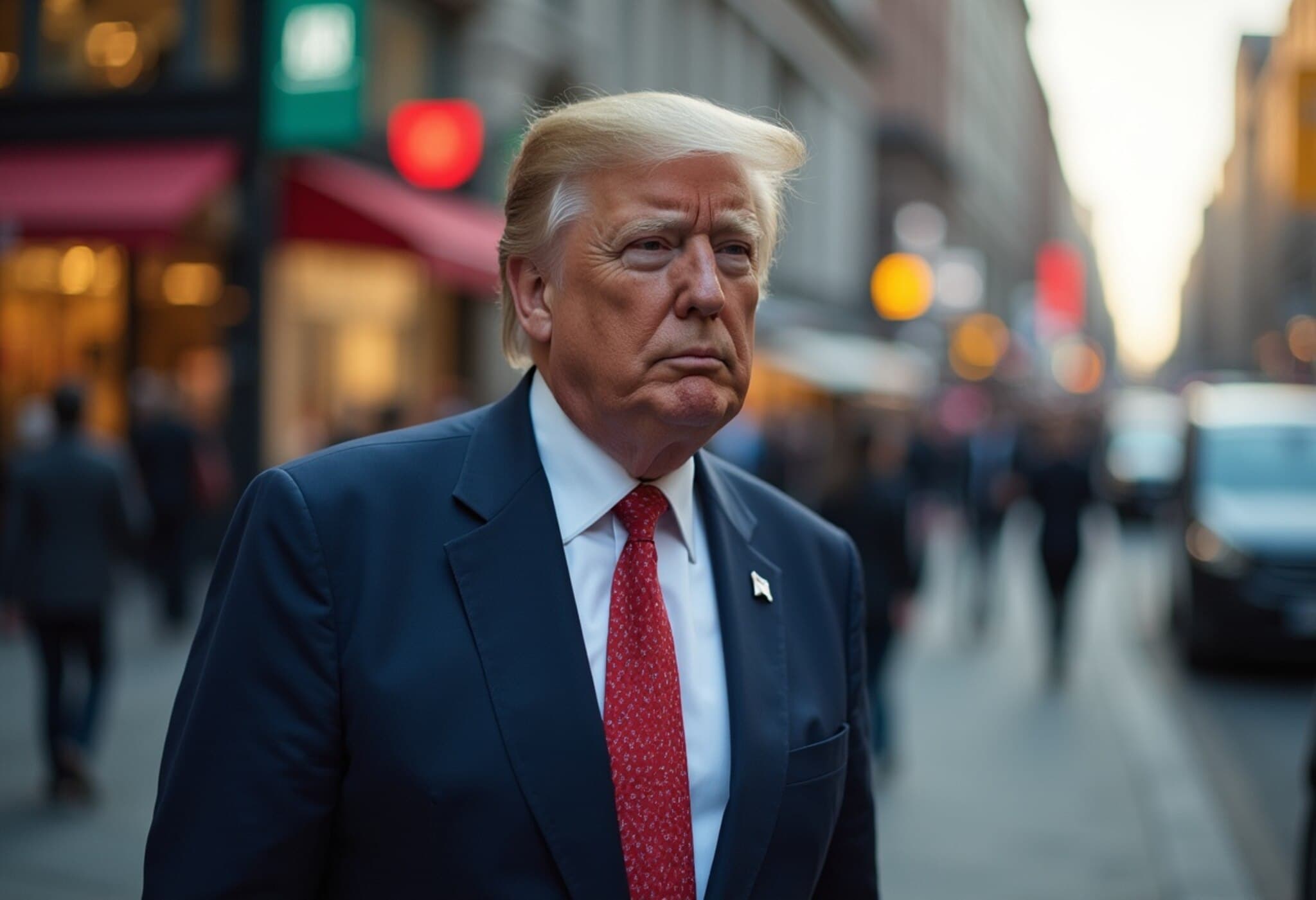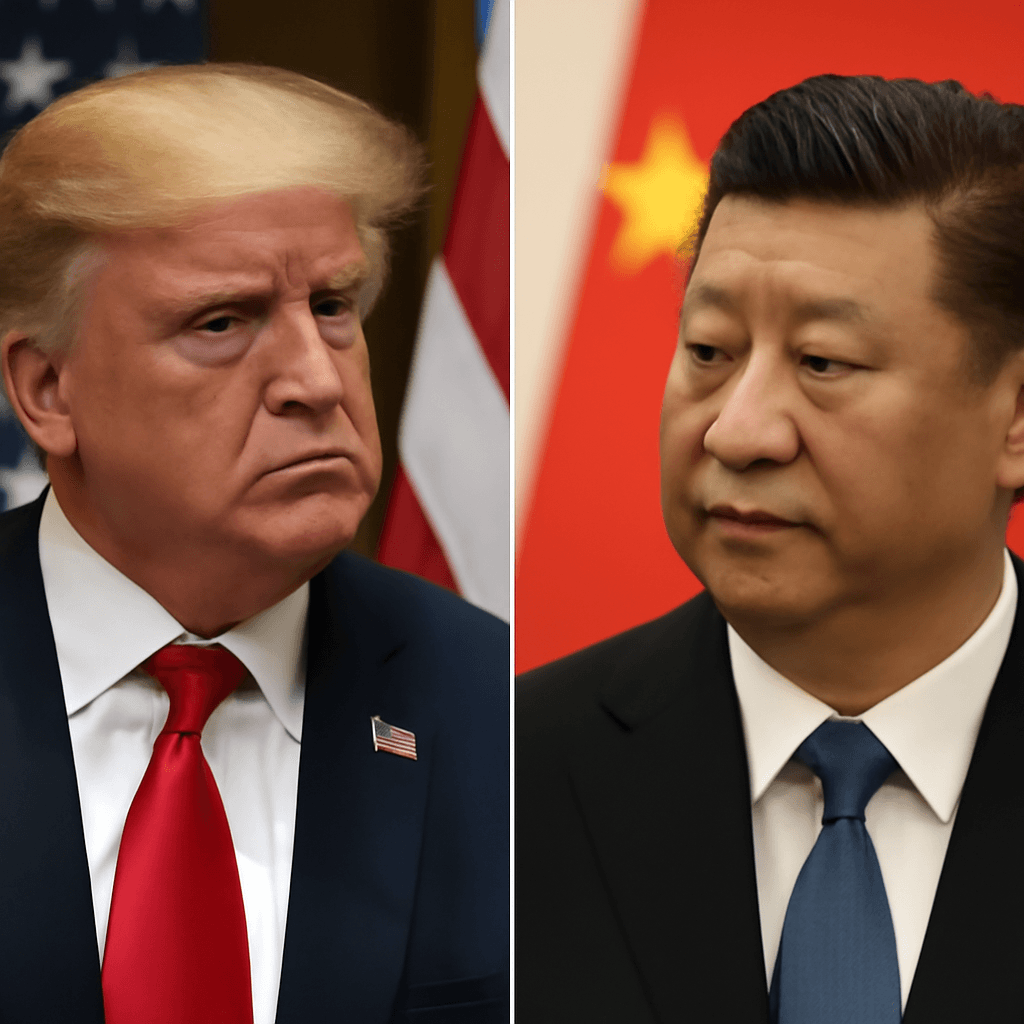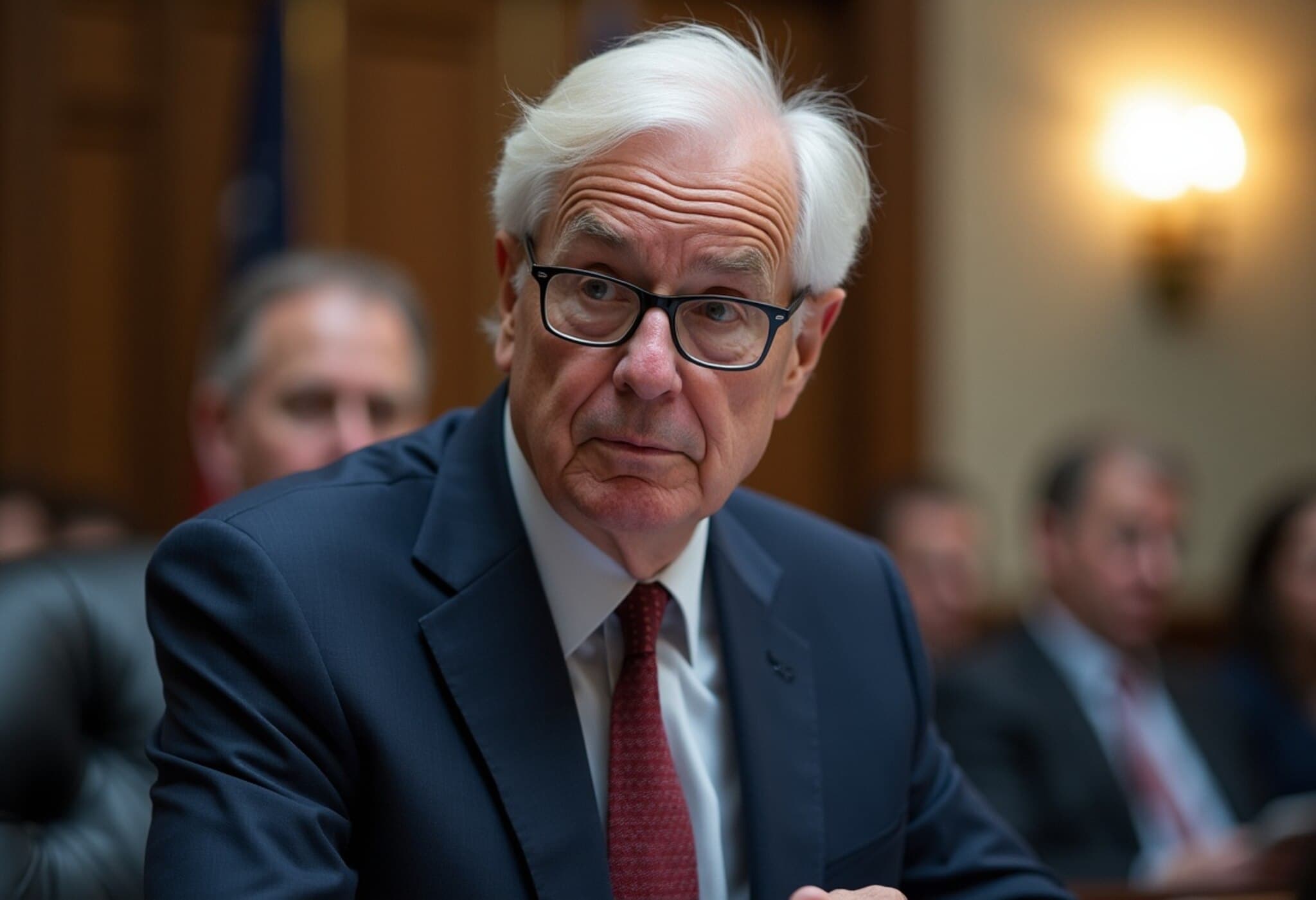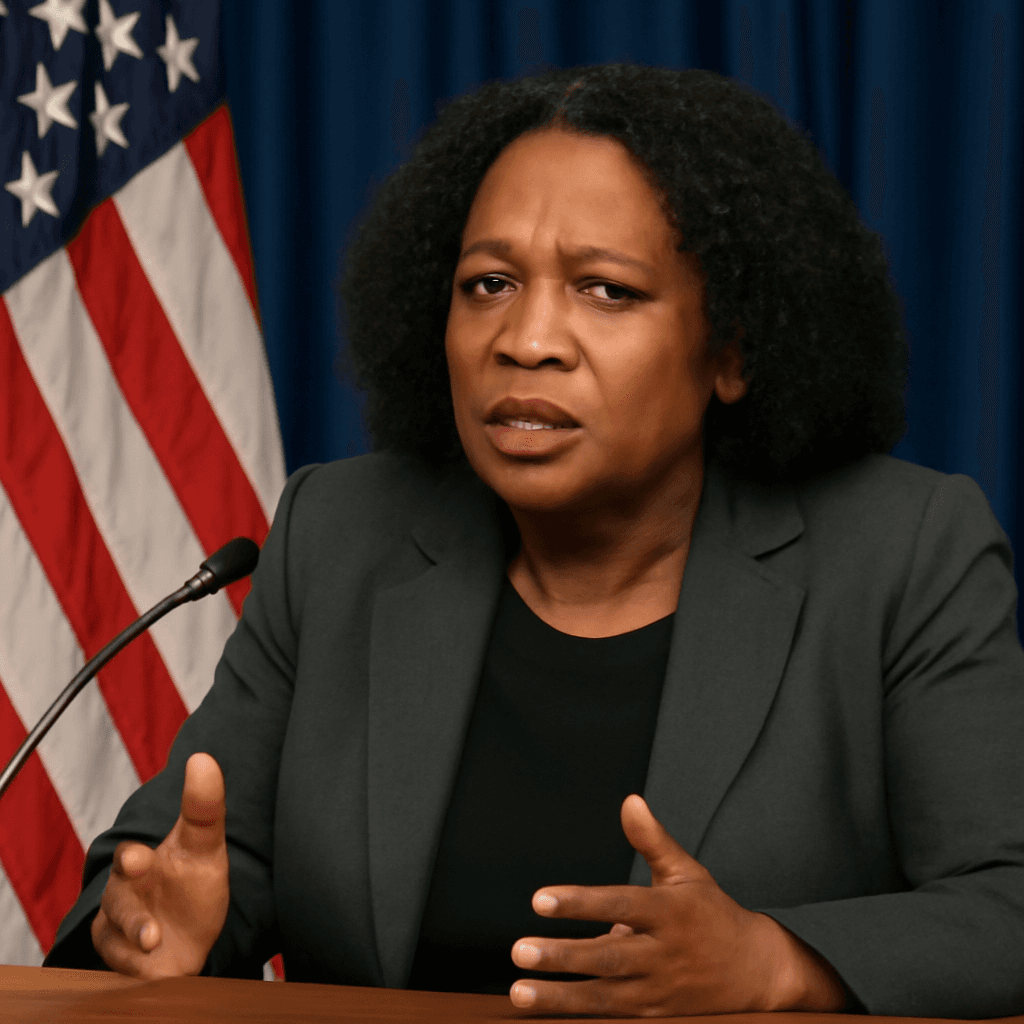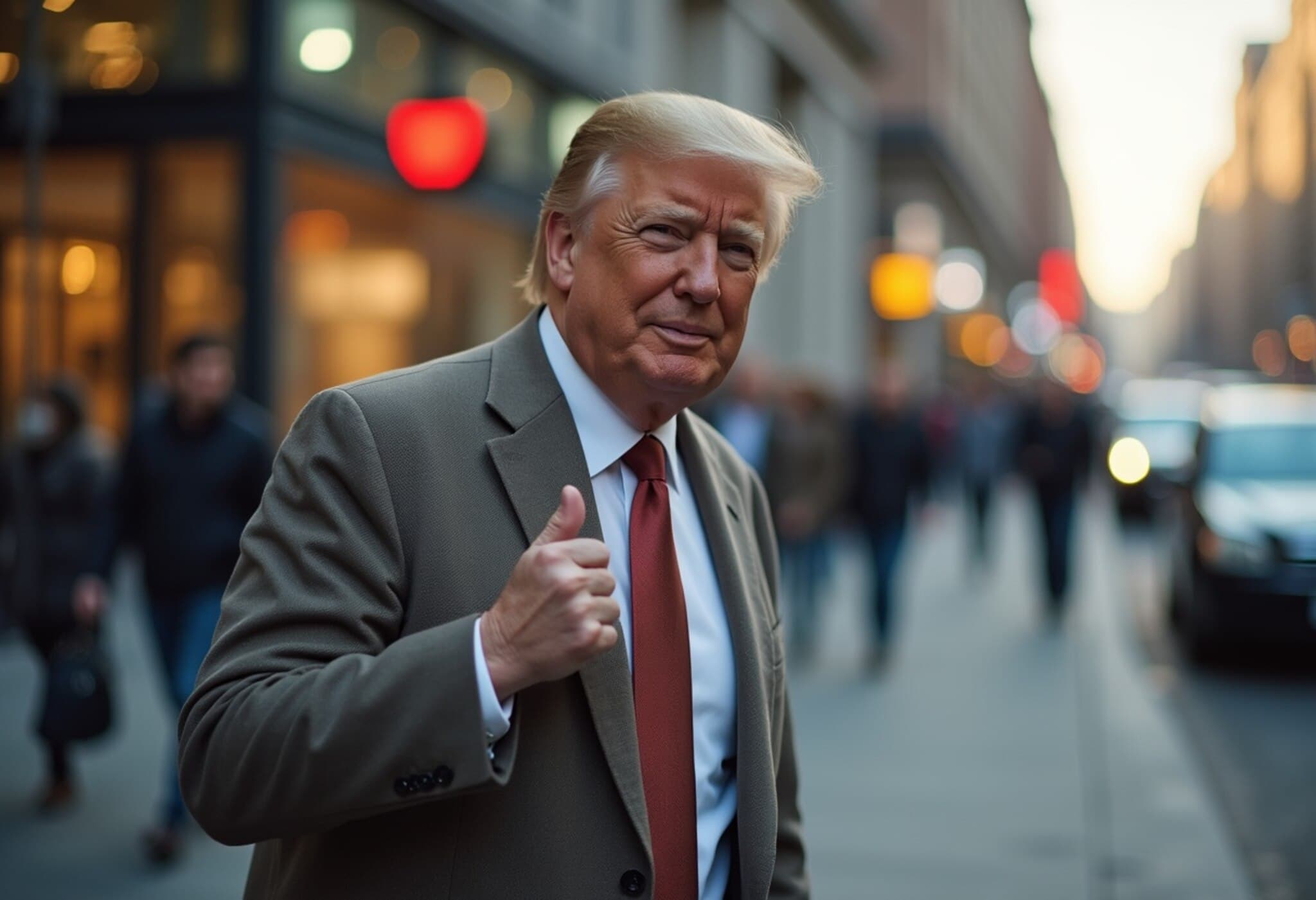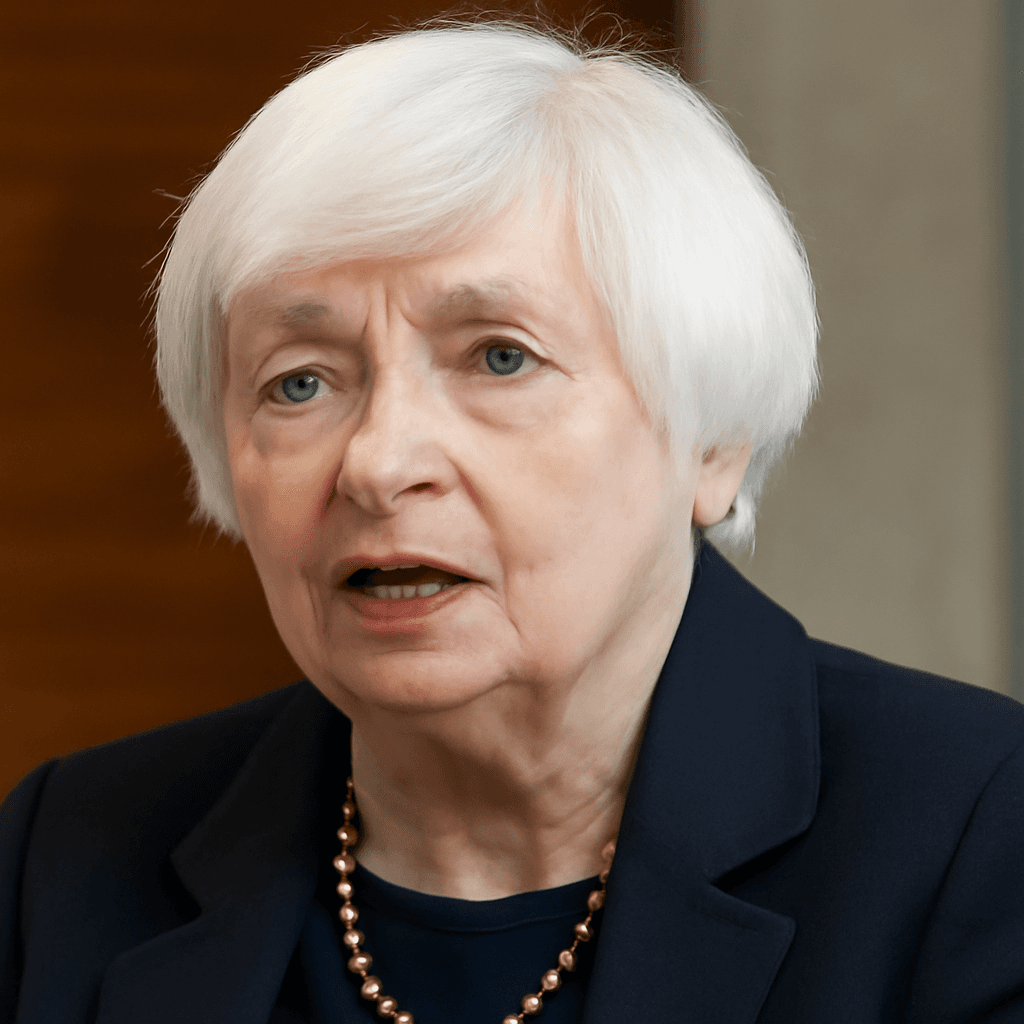July Inflation Data Offers Temporary Relief Amid Tariff Concerns
In a surprising turn that has eased some market anxieties, the U.S. Consumer Price Index (CPI) for July rose less than anticipated, suggesting that inflationary pressures linked to recent tariffs might not yet be fully impacting the economy. The headline CPI increased by 0.2% month-over-month, lowering the annual inflation rate to 2.7%, just shy of economists’ expectations of 2.8%. However, the core inflation figure, which excludes volatile food and energy prices, ticked up slightly by 0.1 percentage points, marking the highest reading since February 2025 — just before tariff escalations began in earnest.
Former White House economist Jared Bernstein noted that while tariff effects are present in the numbers, they have not yet triggered a sharp spike. "The tariffs are in the numbers, but they’re certainly not jumping out hair on fire at this point," Bernstein explained, highlighting the nuanced nature of inflationary tracking under current economic conditions.
Market Optimism Surges on Mild Inflation and Federal Reserve Outlook
The relatively tame inflation figures provided a boost to American markets, with key indices hitting new milestones. The S&P 500 and Nasdaq Composite closed at record highs, rising 1.13% and 1.39% respectively on Tuesday. Globally, Japan’s market also touched fresh peaks, signaling broad investor optimism.
Analysts interpret the softer inflation report as allowing the Federal Reserve more flexibility to maintain or ease interest rates without risking overpowering inflationary hikes. Goldman Sachs Chief Economist Jan Hatzius previously warned that inflation driven by tariffs could catch consumers off guard later in the year. However, with no immediate surge visible, investors are hopeful for a more stable inflation trajectory.
Political and Corporate Headlines: Tensions and Tech Moves
In other notable developments, former President Donald Trump has publicly threatened Federal Reserve Chair Jerome Powell with a "major lawsuit" over his handling of U.S. monetary policy, a rare escalation in political-economic discourse that may have implications for market confidence and Fed independence.
On the technology front, Perplexity AI stunned the tech world by making an unsolicited $34.5 billion bid to acquire Google’s Chrome browser, a move that significantly exceeds Perplexity’s recent valuation and raises questions about the future competitive landscape of web browsers and AI-powered technologies.
Gold Prices Could Soar Amid Economic Uncertainty
Meanwhile, precious metals are catching renewed attention. Following Trump’s remark that "Gold will not be Tariffed!", some Wall Street analysts now predict that gold prices could surge as high as $4,000 per ounce, representing a potential 14% climb from current levels. This bullish outlook reflects enduring investor interest in gold as a hedge against inflation and global economic volatility.
London’s Financial Center: A City at a Crossroads
Across the Atlantic, London’s stature as a premier global financial hub faces mounting challenges post-Brexit. Increased trade barriers and border costs have hindered productivity and competitiveness when compared to powerhouse rivals like New York, Hong Kong, and Frankfurt. Yet, despite these setbacks, business leaders remain cautiously optimistic, emphasizing London’s resilience and ongoing opportunity to adapt and thrive.
Key Takeaways
- Inflation remains below feared levels, though tariff-induced impacts are emerging subtly.
- Global equity markets rally on hopes for continued economic stability and more accommodative Federal Reserve policies.
- Political tensions involving financial policy leadership have heightened scrutiny on the Fed’s independence.
- Tech sector shake-up as Perplexity AI bids for Google Chrome, signaling tech market disruption.
- Gold emerges as a safe haven amid uncertainty, potentially reaching unprecedented prices.
- London grapples with economic headwinds but holds aspirational promise as a financial center.
Editor’s Note
The July inflation report offers a nuanced snapshot of the U.S. economy teetering between stability and potential shocks from tariffs and geopolitical tensions. While markets have reacted positively, underlying questions remain: how long can mild inflation persist before tariff costs feed fully into consumer prices? And what impact will political disputes over Fed policy have on economic confidence? Observers should watch forthcoming data closely, as economic surprises—much like the plot twists in a well-crafted drama—may yet emerge.
This evolving landscape underscores the interconnectedness of political decisions, market movements, and everyday economic realities facing American consumers and global investors alike.

